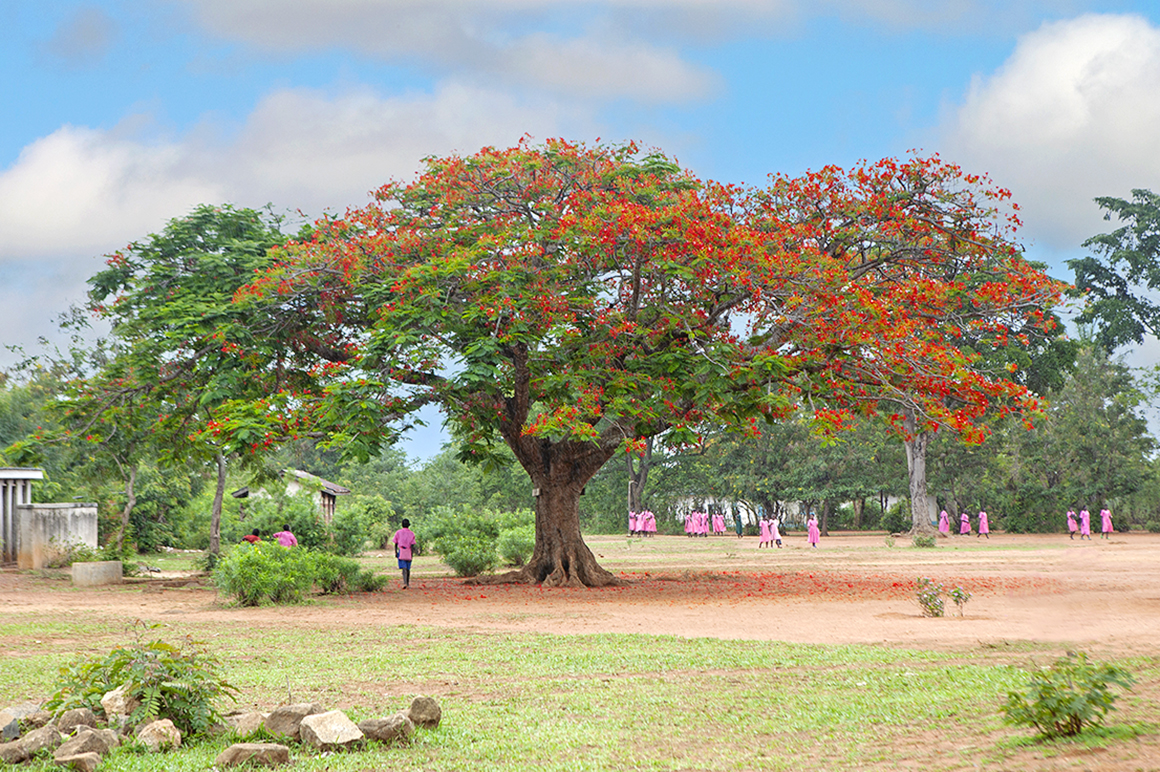Hello, you are using an old browser that's unsafe and no longer supported. Please consider updating your browser to a newer version, or downloading a modern browser.
Hello, you are using an old browser that's unsafe and no longer supported. Please consider updating your browser to a newer version, or downloading a modern browser.

The vision for Raising Voices took shape while cofounders Lori Michau and Dipak Naker were working with women and children in Mwanza, Tanzania. They observed firsthand the profound ways in which interpersonal violence was undermining women and children’s quality of life and basic safety. And efforts to respond to violence after it happened did not resolve the past traumas or prevent additional violence from occurring.
So, with a deeply held belief in the possibility—and necessity—of communities free from violence against women and children, Lori and Dipak created Raising Voices in Kampala, Uganda.
At that time, in 1999, little was known about violence prevention—there was no consensus on what approaches could be most impactful or how to design and implement safe, effective prevention programming. But we at Raising Voices were determined, grounded and willing to take risks. After several years of creating content and learning from other activists and the community in Kampala, we piloted a comprehensive approach to violence prevention, Mobilising Communities to Prevent Domestic Violence: A Resource Guide for Organisations in East and Southern Africa.
The program was a success; change was visible in communities, and there was ever-increasing demand from women and men in communities to expand the work, with a deepened understanding of the harmful consequences of violence against women and new aspirations for family relationships. We supported the project to become an independent sister organization—the Center for Domestic Violence Prevention (CEDOVIP)—a close partner to this day.
In 2004, we expanded our mandate to include preventing violence against children. We began with a national study centering children’s own perspectives and experiences of violence. Building on these insights, we created the Good School Toolkit in 2008—a program to support educators and students in exploring what makes a healthy, vibrant and positive school, as well as guide them through a process to realize their vision. Also that year, we published the SASA! Activist Kit for Preventing Violence Against Women and HIV.
These two strands of work, preventing violence against children and preventing violence against women, could create twice the impact, as well as create a bridge connecting the gap between two related areas of work—ensuring mutual dialogue, learning and inspiration.
Our journey has been intentional. We remain small but mighty, driven by our values and strengthened by our committed staff, friends, colleagues, partners and funders.